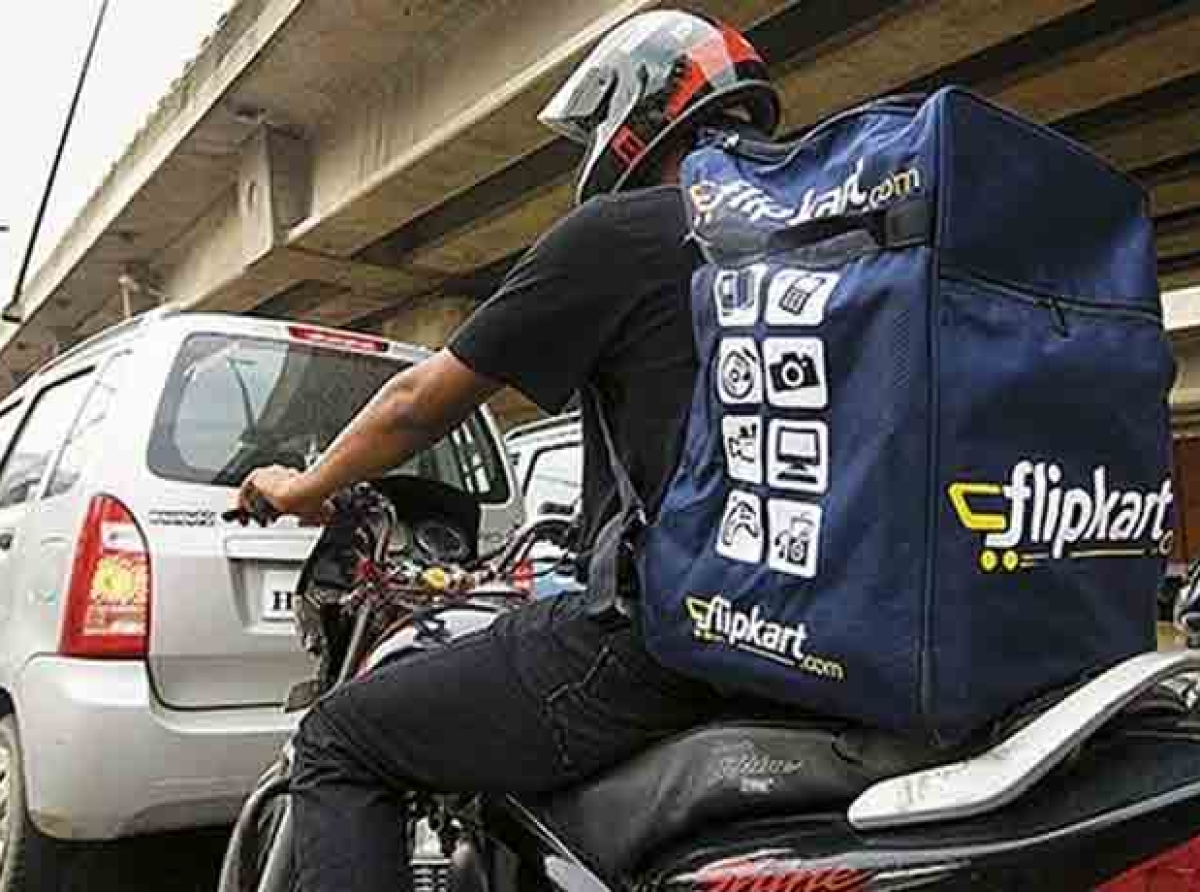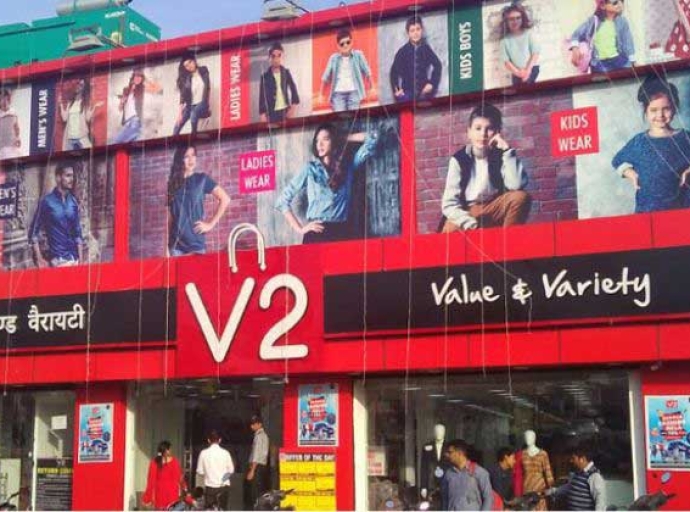17 August 2023, Mumbai
Indeed the total value of e-commerce in India is a mere 6 percent of the retail pie worth $900 billion. However, e-commerce has fired up whopping figures to prove its growth potential, be it just e-commerce or quick commerce.
By the end of 2022, 200 million people had made at least one online purchase compared to just about one million a few years ago. As per predictions, by 2027, India will have 500 million online shoppers, more than one-third of its current population.
New paradigm; Of course, this change in shopping habits was triggered by the lockdown a few years ago. E-commerce emerged as a phenomenon across the world and India emerged as one of the biggest e-commerce markets. However, this did have negative fallout on small family stores that are an integral part of India’s communities.
Also, another area seldom discussed is the new traction in delivery service providers, particularly those employed in the quick commerce sector. Are they being exploited as dispensable and cheap as chips labour with little legal rights?
Fall out on local businesses
In the West, e-commerce giants have steadily destroyed the businesses of local mom and pop and many experts believe the same scenario could play out in India as well. They argue the rise and rise of e-commerce has enabled retail corporate giants to gain a monopoly over retail, at a cost to the nation’s legacy and buzzing marketplace.
Moreover, India’s e-commerce boom has been on the back of gross labour exploitation as the country has a vast population desperately seeking income sources.
PhyDigital
At the same time, some experts dismiss the discomfort of small retail businesses as the fear of the unknown as they think brick-and-mortar stores aren’t going away anytime soon as customer loyalty and personal interactions work well for these players.
Of course, the average retailer is experiencing a sales slowdown and in most cases, it tends to be because of a lack of choice which online shoppers are spoilt for. Also, e-commerce allows for 24/7 shopping that draws in a significant number of online shoppers who place orders late at night.
Quick commerce has been able to fulfill everything within 10 minutes at any time of the day from food cravings to daily necessities to impulse buying. Much of the boom has been made possible by broadening access to cheap internet.
There are 659 million people with smartphones in India and the cost of mobile internet data is one of the lowest in the world. By 2025, one billion Indians are expected to have access to the Internet and 33 percent will be online shoppers. Given this scenario, the friendly neighborhood mom-and-pop store will have to innovate if they want to ride out the rolling juggernaut of e-commerce.
Workers issue the untold story
Riding the high growth of e-commerce in the country has a dark side as well. Indeed the sector has opened livelihood doors for 23 million gig workers but unfortunately, without much legal protection. As per Shaik Salauddin, a leader at the Indian Federation of App-Based Transport Workers, these 23 million plus young men are at risk of having their rights violated with no recourse or compensation.
For example, the long drawn out workers battle with Blinkit a quick commerce company, over alleged failure to provide basic fair pay which led to strikes that forced Blinkit to cease operations at many of its centers.
Gig workers; Swiggy, Flipkart, and Zepto have gone on record to say, they not only offer fair pay, but also health insurance, maternity leave, work-led-off days, and proper working hours.
However, these may not be enough as most men working in the transportation side of e-commerce and quick commerce do feel shortchanged.
Latest Publications


































